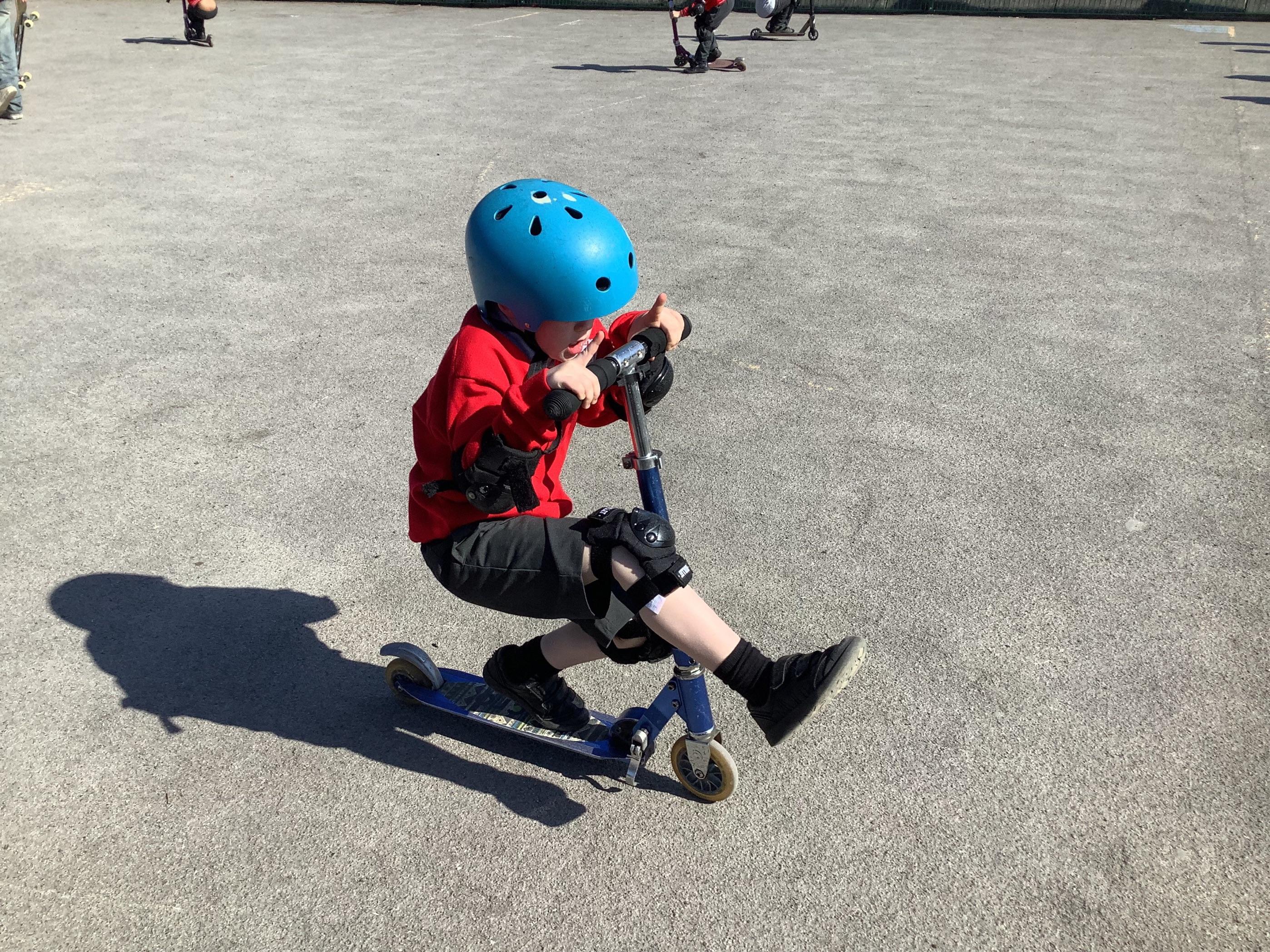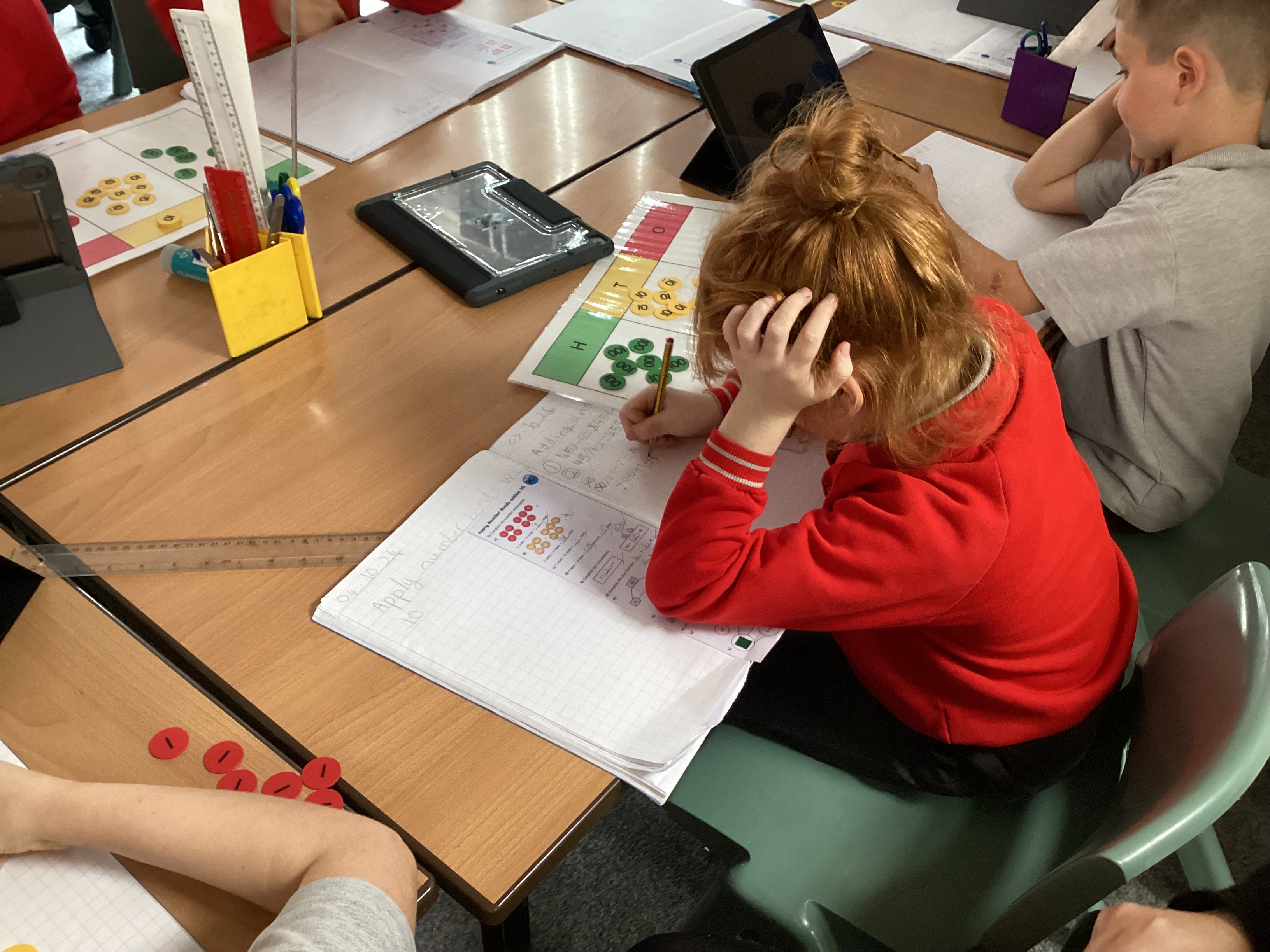


Welcome to Year 2
Children are always excited about moving to Year 2 especially as Year 1 and Year 2 work closely together during the year. This aids transition and means the children already know staff and routines quite well. Year 1 and Year 2 work together as Key Stage One and have playtimes and lunchtimes together. We also work on the Christmas performance together.
Learning is planned carefully covering a wide and varied curriculum outlined below.
English
Reading
- We enjoy daily Jolly Phonics sessions, where children are expected to read and write using their phonics knowledge.
- We read as a whole class during our reading lessons using a very structured system of modelled reading, echo reading, choral reading, partner reading and individual reading. This develops children’s confidence, fluency and expression.
- We use VIPERS to answer questions about what we are reading (Vocabulary, Inference, Prediction, Explanation, Retrieval and Sequencing).
- We read one-to-one with an adult.
- We enjoy sharing books and texts at the end of the day as a class.
- We develop our love of reading and choose books that interest us.
Speaking and Listening
- We enjoy role play and story re-telling.
- We develop our imagination and creative skills.
- We learn poems by heart and learn to recite and/or perform them.
Writing
- We develop our sentence writing from Year 1 to write longer more complicated sentences.
- We learn how to extend our sentences with conjunctions (e.g. when, because, or, but).
- We start to use different types of punctuation.
- We learn to write more to form a story or non-fiction text.
- We plan our own ideas for writing.
- We use different sentence types, check and improve our own work.
Maths
- We recap and extend our Year 1 learning but also start to use more mathematical symbols and vocabulary in our work.
- In our number work, we look at the place value of numbers, addition, subtraction, multiplication, division and fractions.
- In our measurement work, we look at money, length, height, time, mass, capacity and temperature.
- In our geometry work, we look at 2D and 3D shape, position and direction.
- We look at statistics, using things like tally charts, pictograms and block diagrams.
Science
- We cover four key areas: Use of Everyday Materials, Living Things and their Habitats, Animals including Humans and Plants.
- We explore and experiment and form our opinions about what will happen.
- We ask and seek answers to questions. These can be our own questions or questions from our class work.
Art and Design
- We study artists like Clarice Cliff.
- We use 3D mediums like textiles and clay.
- We learn about sketch book techniques like sketching and colour theory.
- We learn to use our ideas and to also use the work of others to help us express our thoughts and artistic ideas.
Computing
- We learn about the importance of e-safety, such as communicating online and information sharing.
- We use programs on the computer to create, retrieve and organise information. E.g. word processing, images, slide shows.
- We learn what algorithms are and how to program simple devices.
Design and Technology
We engage in textile puppet making, structural design for a baby's chair and mechanical systems using wheels and axles.
- We always start by looking at existing products and evaluating them and their design.
- We design, produce and evaluate our own unique products.
- We develop skills like cutting, joining together, fastenings, finishing (making the product look good).
Geography
The study of our world.
- We start looking in our local area (Routes and Journeys), then move out to our country (UK Countries and Coasts) and then look further out at our world (Continents and Oceans).
- We study human and physical features of the areas and look at how humans change the geography of our environment.
- We also look at weather and climate of warm and cold areas of the world.
- We learn to find places on maps and use the compass points North, South, East and West.
History
The study of the past
- We look at 3 different points in history and place them on a timeline to understand when these things happened.
- The Modern British Royal Family 1952 to present day. We learn about the modern British Royal family to deepen pupil's understanding of the monarchy's role in modern Britain.
- The Lives of Significant People in our Area: The Potteries 1899-today. We learn about what makes Staffordshire and Stoke-on-Trent special and how the pottery industry impacted our local area.
- Events Beyond Living Memory: The Great Fire of London 1666 and the Great Plague of London 1665 to 1666. We study a particular event from the past in detail to gain a greater understanding of an historical event.
MFL
- We are able to welcome people using Spanish greetings.
- We know some colours in Spanish.
Music
- We are given the chance to carefully listen to different sounds and genres of music.
- We develop our likes and dislikes in music.
- We discuss the different instruments we hear in a piece of music and which family of instruments they belong to.
- We get chance to compose, create and explore making our own music using a variety of tuned and untuned instruments.
Physical Education
- We cover basic skills to enable game play by the end of KS1 (Catching, throwing, movement, defending, attacking).
- We learn how our bodies work and react during exercise.
- We learn body control through some dance and basic floor work.
Personal, Social and Health Education
- We talk about our feelings and emotions to support our wellbeing.
- We learn about feeling safe and being safe.
- We discuss friendships and relationships and what we can do to make these healthy and positive.
- We learn about staying happy and healthy.
Religious Education
- The key focus for R.E in Year 2 is Hinduism
- We also learn more about the main Christian festivals, such as the Christmas Story, Lent and the Easter story at appropriate points in the year
- We learn about the Gods and Goddesses, symbols and the stories of Hinduism.
- We compare Christianity and Hinduism and look for similarities and differences between the two religions

